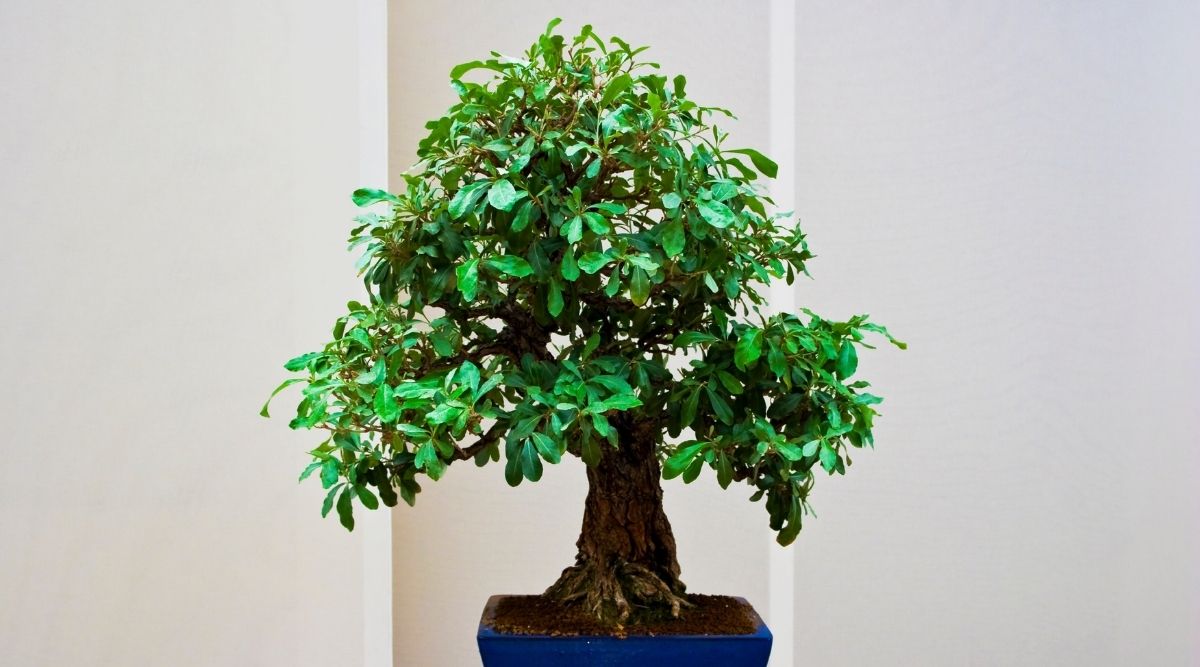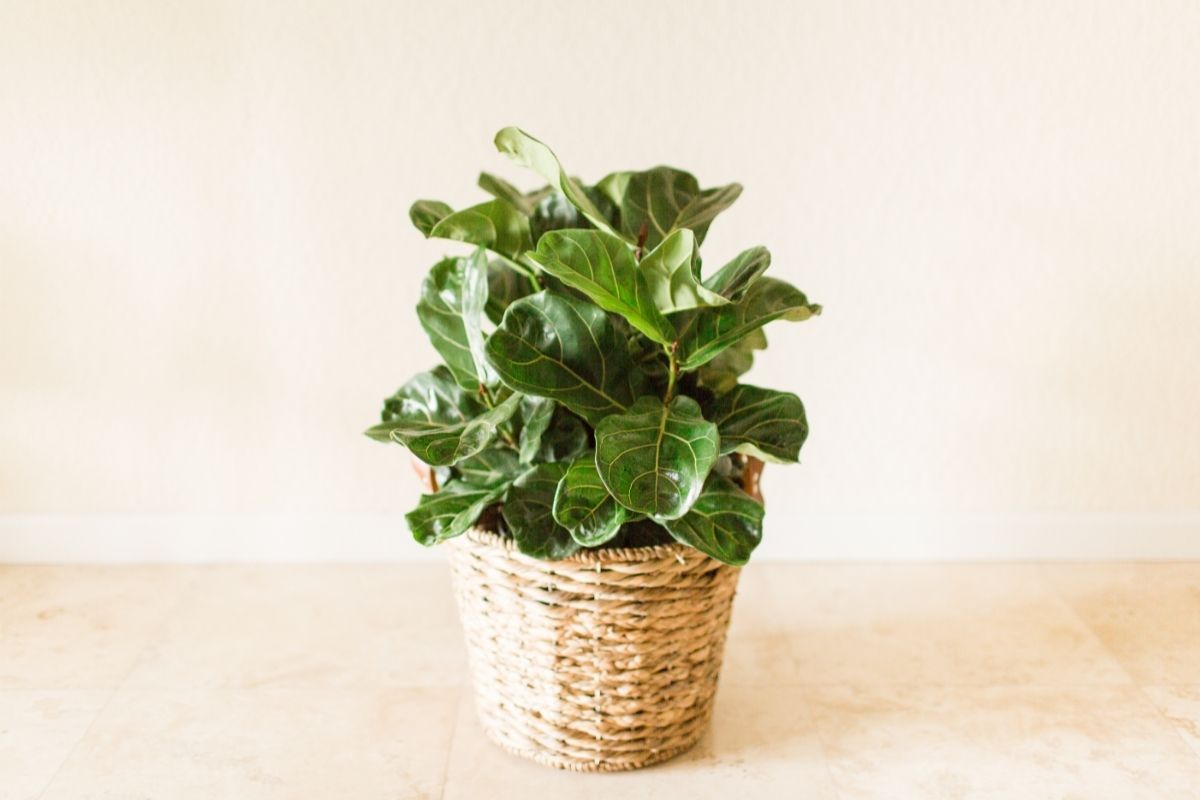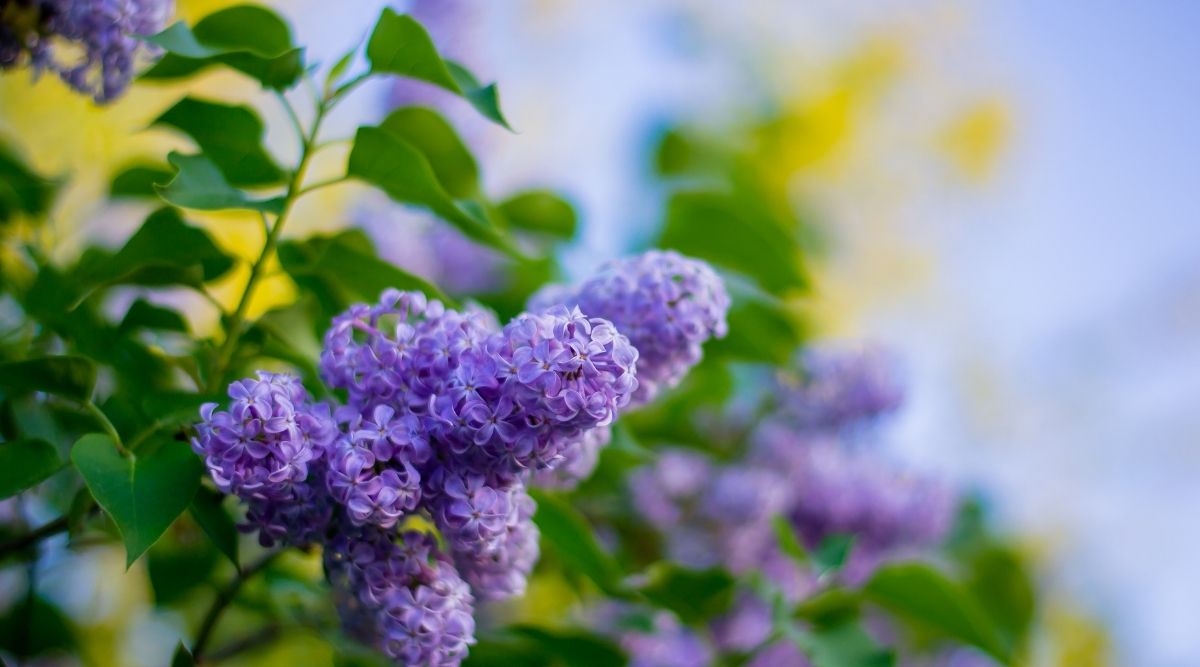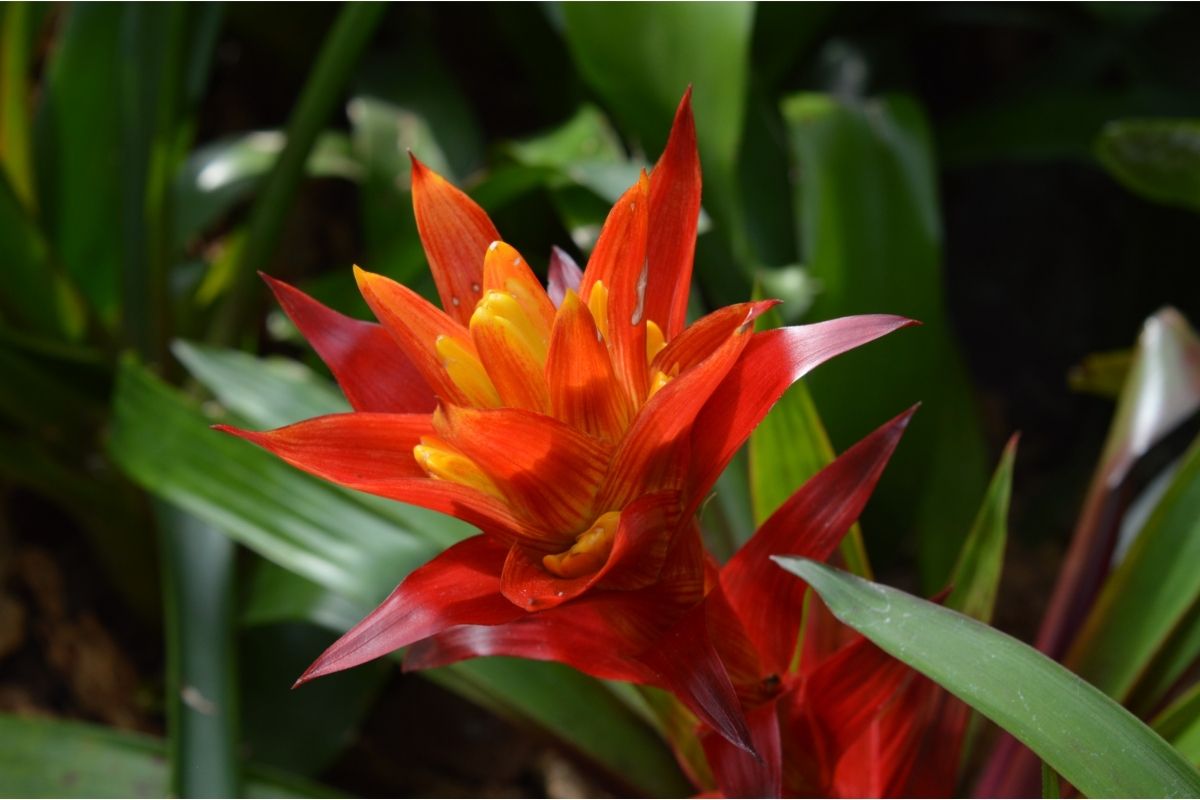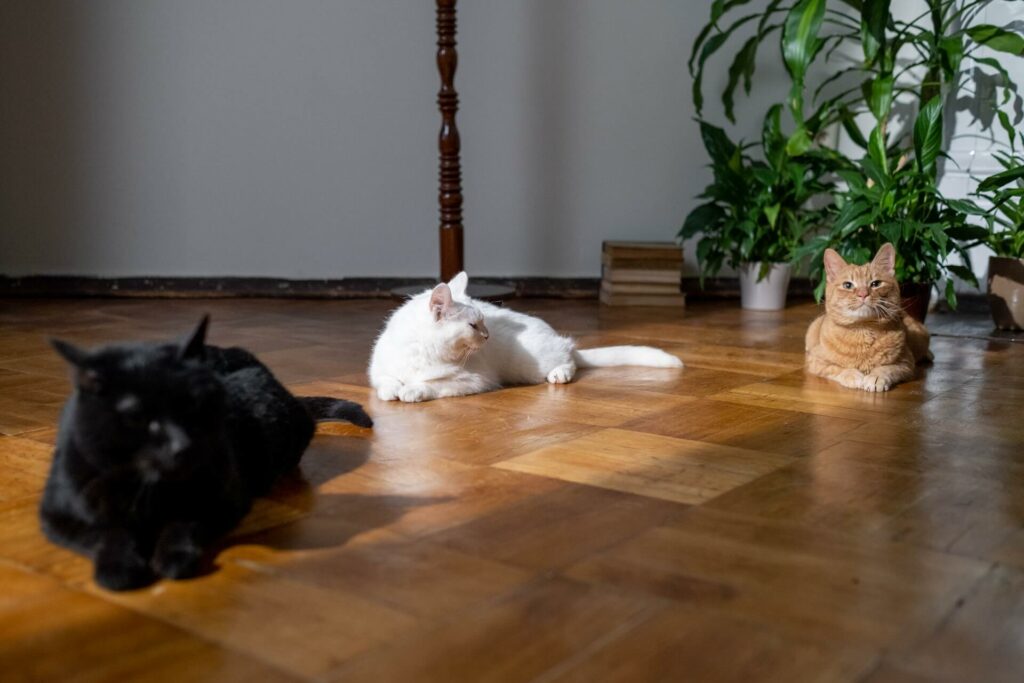
Plants and animals may not always be the ideal choice for housemates. It is possible to catch both cats and dogs in the act of gnawing on houseplants. But, if the plants are toxic to the animals, this seemingly harmless behavior may quickly escalate into a serious medical crisis.
Our animals are extremely inquisitive critters, and there are times when they just cannot resist nibbling on our indoor plants and exploring the space around them. That is why it’s important to have enough knowledge on pet safety as well as know what indoor plants are safe for your pets. This will not only add a touch of green to your house but also ensure that your pets are safe around your indoor plants.
What Exactly Does It Mean To Be Pet-friendly?
Plants that are non-toxic, often known as pet-friendly plants, are plants that, if ingested, do not result in any adverse effects to your beloved pets.
Toxic compounds are a naturally occurring part of many plant species. These chemicals may sometimes be detrimental to one plant but advantageous to another.
Take, for instance, the aloe vera plant. However harmless it may look, the aloe vera plant, which is also adored by humans for the medical characteristics it has, may be somewhat poisonous to animals, such as cats and dogs, if it is swallowed by them.
Pet-friendly Indoor Plants
African Violet
African violets are the ideal option to go with if you are seeking for houseplants with blooms that continue to bloom throughout the year and are safe to be around pets. This adorable plant will cheerfully blossom for you all year round if you keep them in a warm environment where they receive enough light.
Money Tree
The optimal conditions for growing money trees are sunny rooms with indirect sunshine. It also rarely needs watering. If you do not want your tree to take over the room, be sure to prune it often and maintain it pruned down to size so that it is nice.
Cast Iron Plant
It is safe to say that the cast iron plant lives up to its name – it is without a doubt one of the hardiest houseplants available. Not only are they stunning to look at, but they are also adaptable enough to flourish in almost every part of the home.
Christmas Cactus
The Christmas Cactus requires very little care, just as any other healthy succulent would. This blooming indoor plant will bloom to its full potential if it is kept in a dry environment, given some sunshine, and given infrequent waterings.
Spider Plant
This plant is a favorite of veterinarians since it can be grown successfully inside with little effort and is very hardy. Because they are also effective air purifiers, spider plants may contribute to the elimination of pollutants in your house. Aside from that, it is not difficult at all to cultivate other spider plants from the offspring that the mother plant produces.
Areca Palm
Areca Palms are a great way to bring the feel of the tropics into your house. Because it is non-toxic, its long, leafy fronds are sure to capture the attention of pets that like to play, but this is perfectly fine. Put it in a sunny location and wait to water until the top layer of soil has become completely dry.
How To Tell If Your Pet Has Eaten A Poisonous Plant
- Yellow gums, strange behavior, or lethargy are all symptoms of liver failure, as are tarry stools (melena), nausea, vomiting, diarrhea, or fainting from low blood sugar.
- Symptoms of kidney failure include alteration in urine and drinking habits, as well as loss of appetite, nausea, vomiting, and/or diarrhea.
- Pale gums, a fast-beating heart, bloody coughing or vomiting, extreme fatigue, collapse, or swaying all suggest internal bleeding in a dog.
- Symptoms affecting the digestive system include throwing up, diarrhea, a lot of saliva, a lack of appetite, and nausea or dry heaving.
The Bottomline
Pets and houseplants do not often get along very well, especially when you have a mischievous kitten on the loose. There are some that might be downright harmful to your cats and dogs. Therefore, it is in your best interest to include some of these indoor plants that are safe for pets into your house. There is a plant out there that is suitable for you and your pet, regardless of whether you like blooms, huge leaves, succulents, or foliage with an enormous amount of green. For pet safety, in the event that you are afraid that your pet may have consumed anything that you are uncertain of, or if they are exhibiting behaviors that are not typical for them, you should call your veterinarian as soon as possible.
- Best Hanging Plant For Low Light - September 4, 2023
- Best Indoor Plants Florida - August 28, 2023
- Best Plants For Bathroom Smells - August 21, 2023


